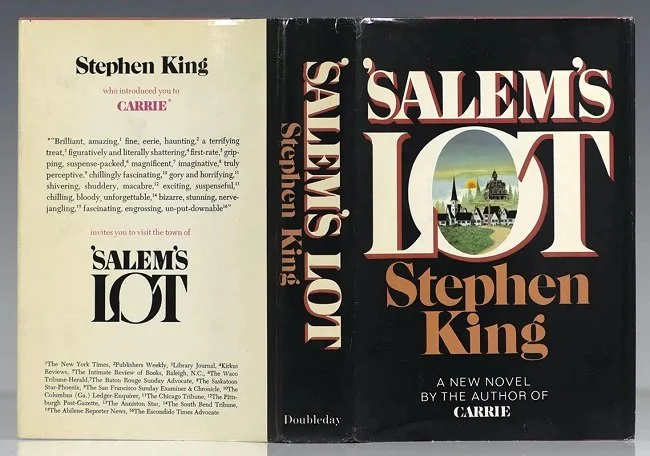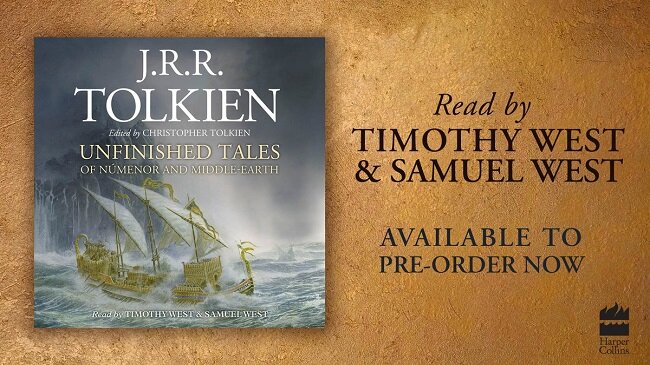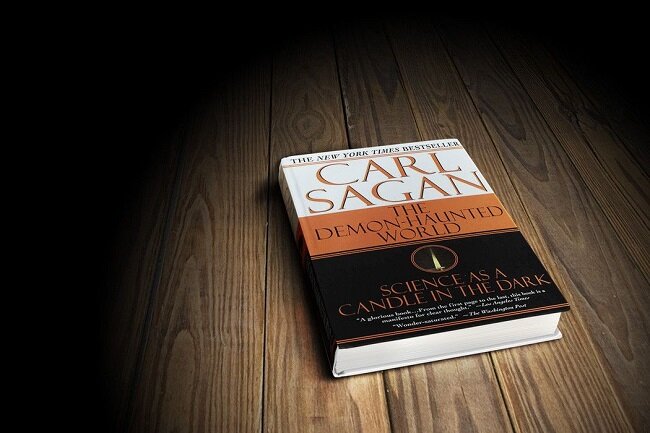The Demon-Haunted World by Carl Sagan
“For me, it is far better to grasp the Universe as it really is than to persist in delusion, however satisfying and reassuring.”
The problems that beset the modern world are complicated and nuanced. Thus any potential solutions will be equally complex and subtle. There are no quick fixes for issues such as climate change or nuclear proliferation and anyone trying to sell you one is either a charlatan or a fool. In his book, The Demon-Haunted World, Carl Sagan strongly advocates that adopting a scientific approach to thinking is essential in a modern democracy. By this he means questioning ideas critically and requiring evidence based arguments. If something cannot be effectively measured, tested or verified we should be deeply sceptical of it. He even goes so far as to argue that it is patriotic to ask questions and that any person, institution or organisation that avoids such scrutiny should be deemed suspect. Published in 1995 Sagan’s concerns regarding the coming century have proven sadly accurate. A quarter of a century ago, he predicted the rise of misinformation, fake news and alternative facts. When information is controlled and a population lacks critical thinking it becomes "unable to distinguish between what feels good and what’s true".
Presented as a collection of essays The Demon-Haunted World can be read in a linear fashion, or you can select specific chapters as each is broadly self contained. Sagan recounts his own relationship with science in the fifties and sixties and how it enthused him, especially when he learned how to think critically and reason for himself. He then focuses on how such skills are conspicuously absent from Western teaching curriculums, leaving us with a society that is unable and at times unwilling to think independently. He reflects upon how knowledge and academia are often seen as elitist and “uncool”. However, he remains empathetic and non-judgemental throughout, advocating that people are not too stupid too learn but that society has instilled in them a mindset that they can’t, as it’s too hard. Hence he addresses the allure of pseudoscience, horoscopes, crystals, conspiracy theories and his analysis shows that they’re similar to the superstitions that were prevalent in the past.
"The dumbing down of American is most evident in the slow decay of substantive content in the enormously influential media, the 30 second sound bites (now down to 10 seconds or less), lowest common denominator programming, credulous presentations on pseudoscience and superstition, but especially a kind of celebration of ignorance.”
In fact Sagan is incredibly generous in his assessment of many examples of science-woo. He acknowledges that they come from a desire to know the universe and that the methodology is what leads to incorrect conclusions. Another argument he explores is that societal change, especially the move from an industrial economy to a more information based model means that power and decision making is centralised into the hands of smaller groups. This can lead to people refraining from asking questions per se because religious, political, scientific and technological authorities do all the heavy lifting for us. The resultant information is then refracted through the prism of a small group of closely aligned and partisan media that have a monopoly on communication platforms. However, applying the scientific method to our daily thinking is a way to break this cycle.
After forensically dissecting such subjects as possessions, demons, UFOs and reincarnation The Demon-Haunted World then addresses issues stemming from science itself. The misuse and morality of science, especially the misuse of psychiatric authority. It is to Sagan’s credit that he is comfortable applying the same scepticism to both pseudoscience and science itself. But perhaps the best parts of the book and when he offers a simple set of processes that are beneficial to adopt when pondering weighty subjects. What he calls the “baloney detection kit”. Nine intellectual tools, such as Occam’s Razor, to test the validity of a premise, idea or more importantly, political statement. Again it is important to stress that Sagan teaches compassionately, unapologetically and poetically how to ask questions for yourself. He is reassuring and encouraging and not as didactic as one may assume.
“Science is an attempt, largely successful, to understand the world, to get a grip on things, to get hold of ourselves, to steer a safe course. Microbiology and meteorology now explain what only a few centuries ago was considered sufficient cause to burn women to death.”
It is the book’s tone that is a constant delight, considering the weighty and somewhat dry nature of the subject of science based critical thinking. I am a great admirer of Richard Dawkins but although a fine thinker, he is not the diplomat and people person that Sagan was. The unifying ideal that Sagan continuously returns to is the search for answers from all quarters of society, be they scientific or not. However he clearly highlights the failings of contemporary western education and how we are not taught to ask questions. Instead we are told what the current accepted wisdom is and what must be done to arrive at the correct conclusion. He is particularly scathing of the US being a result oriented society, obsessed with grades along with an erroneous concept of what achievement actually is. Furthermore he is mindful of how this coupled with indifferent thinking puts both democracy and freedom at risk. And again, Carl Sagan deduced all this twenty five years ago.
The Demon-Haunted World is a book about finding a sense of wonder in life and that science driven, critical thinking does not diminish that. Sagan was a great communicator and he makes some of the more complex scientific ideas as accessible as they can be made. However, as a scientist he does like to cite multiple examples to illustrate and validate his points, so this is a book that requires focus. Therefore the chapter by chapter approach can serve well. I tackled this book via an audio version, featuring unabridged readings by Cary Elswes, Seth McFarlane, LeVar Burton and Carl Sagan’s wife, Ann Druyan. Overall, I feel that this is one of the most profound and thought provoking books I’ve experienced in recent years. It does highlight growing causes for concern but it also provides a sense of hope. I believe that the scientific method not only equips us as a society to tackle the major issues facing the world but that it can also make us more effective citizens. By questioning and assessing what those in authority advocate, we can determine the validity and rectitude of their claims.
“Claims that cannot be tested, assertions immune to disproof are veridically worthless, whatever value they may have in inspiring us or in exciting our sense of wonder.”


















